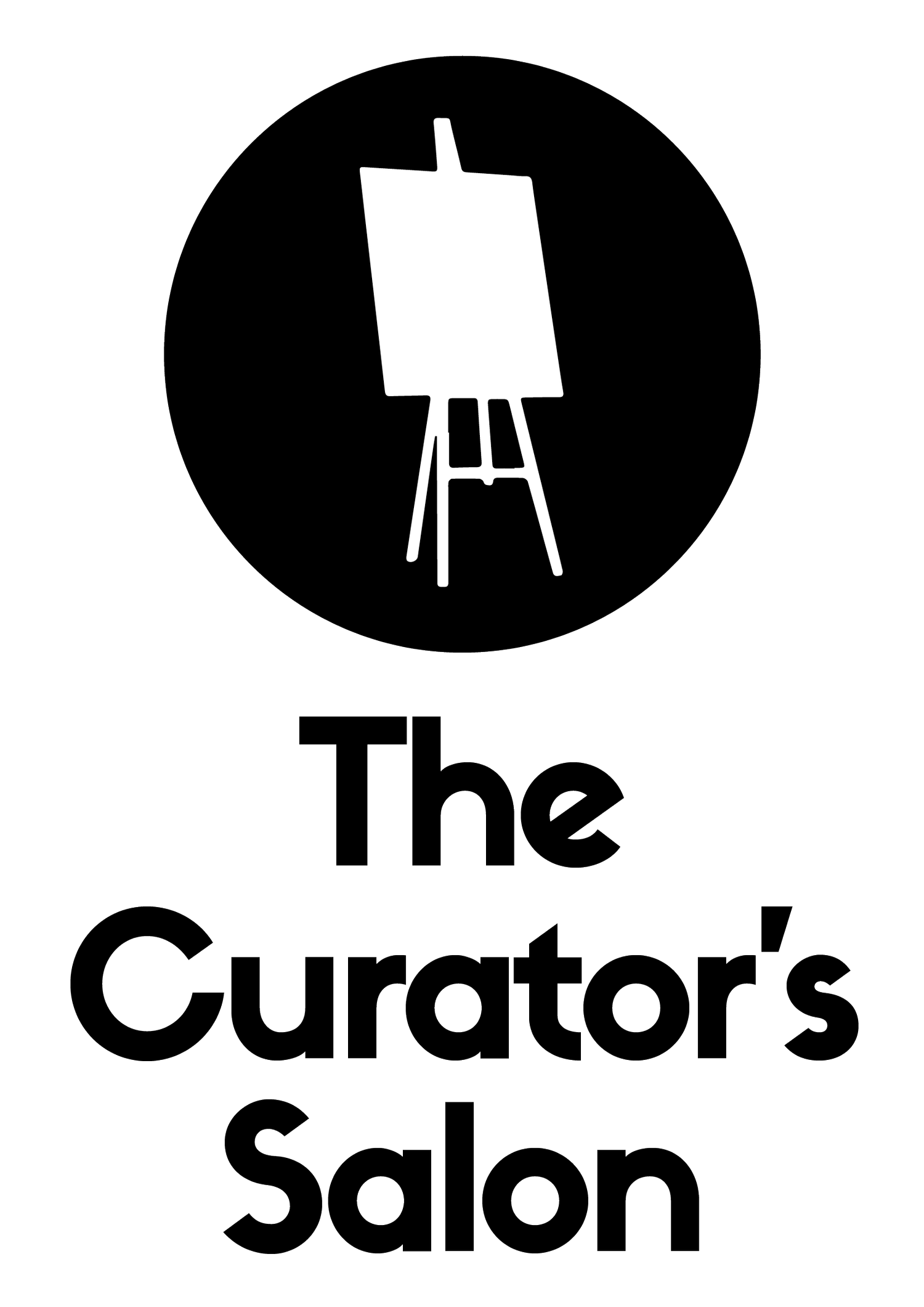Artist Support Pledge
Matthew Burrows talks about starting a movement with #artistsupportpledge
As fairs and exhibitions began to be postponed or cancelled at the start of March, Matthew Burrows stepped in with a new way to support artists who were at risk of losing their income. It began with a personal response to the crisis and has gained incredible momentum around the world as artists join in. The idea is simple, sell art works at £200 / $200 or 200Euro or less and when you make 1000 in the sales of your currency, purchase the work of another artist.
In this episode of the podcast he talks about how it has empowered artists to keep selling their work so that they can continue their practice even as they lose other income sources such as teaching, technician work and so on.
In this episode I also talk about ways that artists can improve their presence online and use this time of lockdown to develop their art business for longer term success.
The hashtag #artistsupportpledge started on instagram and grows on there daily. However, artists should use this hashtag and their sales posts on any and every platform where they have an audience including Facebook, Twitter and Linkedin
It is time to reignite the mailing list. If you have been using your mailing list only for events, to invite people to your fair, show, private view, then now is a time to change that. When someone signs up to an artists mailing list they are actually registering their interest in that artist. As such, it should be used to educate and nurture your email audience into your work and process. Tell your mailing list about your cancelled fairs and exhibitions and then tell them how they can still continue to support you through the #artistsupportpledge.
If your social media following and mailing list is growing then it’s time to bring the new audience up to date. Change up the content or the captions of your posts and use them to bring people into your world, virtually. While they are not directly selling posts, they give the reader a point of connection. People want to know about the artist or the maker, their world is fascinating to them. Interesting captions include ones that talk about
The ideas that you are exploring in your work - you can use a sentence or two from your artists’ statement
Past exhibitions, commissions or awards. Recalling your achievements is a great way to remind yourself how far you have come. And for your reader these posts tell them you have been around longer than we may have known about you.
The tools you use, and why you choose them. Or the materials you use and why you choose them. Many artists have an affinity to their chosen materials, and is central to how they work. Tell us about why you prefer oil paints for example, and the other paints you tried along the way that just didn’t resonate with you. What is it that oil paint lets you do that other pigments don’t?
Showing and talking about other work that may not be for sale can also add context and colour to your social media feed and help people understand your ideas and work.
What have people said about your work, share any comments from past buyers, press quotes for example.
Remember when you are writing your posts on social media and your emails to your mailing list, you are not writing for an art audience. It may seem like I am asking you to write about your everyday but for people who are outside the art world the artist and their practice is a source of fascination. Help your buyers connect to what you do, educate them in your process, inspiration, ideas and your work. Provide value and inspiration in your written content and make it easy for them to turn from browsers into buyers.Follow @artistsupportpledge for more details. Use the hashtag #artistsupportpledge. Follow Matthew on Instagram @matthewburrowstudio Follow me on Instagram @thegitajoshi
